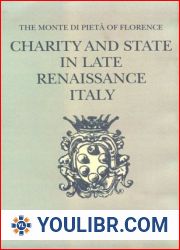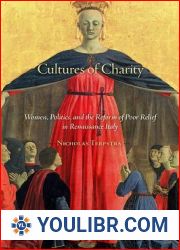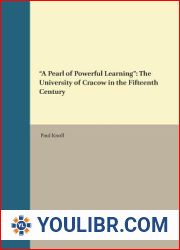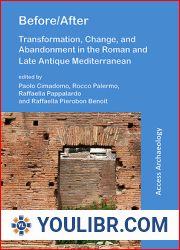
BOOKS - Charity and State in Late Renaissance Italy: The Monte Di Pieta of Florence


US $7.95

517556

517556
Charity and State in Late Renaissance Italy: The Monte Di Pieta of Florence
Author: Carol Bresnahan Menning
Year: September 1, 1993
Format: PDF
File size: PDF 21 MB
Language: English
Year: September 1, 1993
Format: PDF
File size: PDF 21 MB
Language: English
Founded in 1495, the monte di pieta of Florence was envisioned as a source of cheap credit for the poor that would supplant the city's Jewish pawnbrokers. Drawing on extensive archival evidence, Carol Bresnahan Menning examines the remarkable evolution of the Florentine monte from a small charitable pawnshop to a flourishing savings organization and a powerful instrument of patronage and state finance.Menning shows how, facing the imminent collapse of the monte in 1530, Alessandro de' Medici allowed it to accept interest-bearing deposits, a decision that prompted hundreds to open accounts. Alessandro's successor, Duke Cosimo I de' Medici, fashioned the monte into an important source of patronage, ordering it to extend huge loans at low interest to family, friends, and political clients. The Florentine institution continued to carry out its charitable functions while serving as a savings bank, and it eventually became the model for the reform of monti di pieta throughout Tuscany. A richly textured perspective on sixteenth-century Florence, Menning's account sheds light on the investment habits of rich and poor alike, and on the role of women as benefactors of charitable institutions.Charity and State in Late Renaissance Italy offers new insight into the broader nature of statecraft during the consolidation of the Tuscan duchy. It will be welcomed by historians of early modern Europe, religious historians, economic historians, historical sociologists, political scientists, and others with an interest in the Italian Renaissance.














































